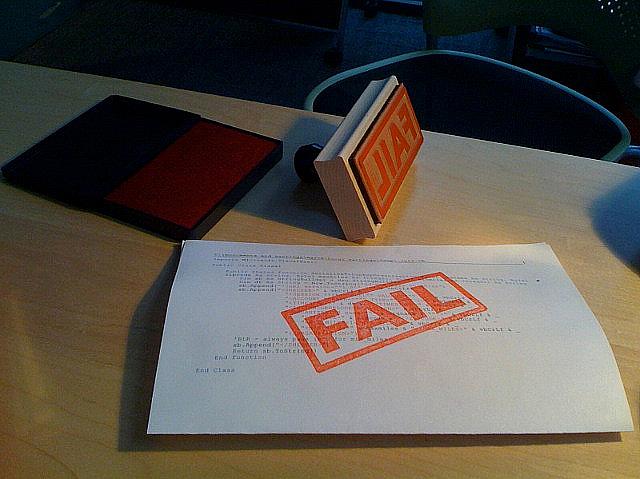The Shadow Practice: Feds, state miss patient-safety alerts at back-alley clinics

A divorced dad gets into an argument with his ex-wife, grabs their son, and drives away with him. The mother calls 911. A dispatcher takes down all the details and goes through the procedure to issue an Amber Alert.
Soon everyone receives text messages about a 1989 light-blue Buick Regal heading south on the highway. We look over to the nearest parking lot for Buick Regals. A woman in a diner sees the text, sees the car with the boy in the back at a gas station and calls 911. Police track the car down at a Days Inn, and put the boy in the care of Child Protective Services until he can be reunited with his mother.
This happens with enough regularity that Amber Alerts are now just part of our lives. They don’t always work to catch the kidnapper in time, but, at least in the cases reported in the media, Amber Alerts generally appear to prompt people to pay attention and take action.
Do we need an Amber Alert for dangerous, back-alley clinics?
I wrote recently about how Scott Bickman had lost his medical license in California years after the U.S. Drug Enforcement Administration took action against him for his role in a scheme to buy massive amounts of painkillers for a clinic with very few – if any – patients. He was one of many doctors I wrote about in my Shadow Practice series who ended up in trouble with regulatory agencies. In reporting the series, I identified more than a dozen areas where a federal agency, state agency or even local police could have prevented a lot of harm to patients if they had taken warning signs more seriously and just talked to each other about what they were seeing. Here are just a few such instances.
In 2004, the Medical Board of California started investigating a series of patient complaints against Dr. Harrell Robinson over bad outcomes from plastic surgery, including one where a woman's breast implant started to fall out of an open hole in her skin. Had the board moved more quickly, Robinson may have had his license stripped before he was able to operate on Maria Garcia in March 2008 at Anaheim Hills Surgery Center. She ended up bleeding to death after a failed plastic surgery conducted by him and Dr. Lawrence Hansen.
In 2007, the DEA had a chance to stop Robinson and the doctors he brought into his scheme. Investigators noticed a huge spike in painkillers being distributed through Robinson’s DEA registration and also through his associates. But the agency did not move quickly, nor does it appear to have notified the Medical Board of California. The painkillers kept Robinson’s multiple clinics in business, including the clinic where Garcia died.
In 2008, the Orange County coroner had the opportunity to take Garcia’s death seriously. It found a "puncture wound in the posterior cul-de-sac" of Garcia’s vagina. In a lawsuit filed in the case, Dr. Aruna Singhana, the physician who performed the autopsy on Garcia, the attorney for Garcia's family asked, "But in terms of what you believe to be the cause of death, you ascribe that to the blood loss that you found in the abdomen of 2,000 cc which you felt was caused by the puncture wound through the posterior cul-de-sac of the vagina.”
He answered: "That's the physical evidence. I have it based on the physical evidence." The coroner did not turn the case over to county prosecutors but instead declared the death a “therapeutic misadventure.”
The Joint Commission had accredited the surgery center but took away its accreditation in 2007. Then it returned to visit the Anaheim Hills Surgery Center in April 2008, one month after Garcia’s death. It had the power to look at any and all records in the facility, but it apparently either did not see or decided to ignore records related to the unauthorized use of anesthesia, among other things. It gave back the facility its accreditation.
The commission returned again in July 2010, at which point Robinson had lost his license after using the clinic as part of a larger painkiller mill. Hansen was facing medical board charges related to Garcia's death, and two other doctors on the clinic’s staff had been given formal accusations by the medical board. There also were stacks of DEA records to review that detailed problems with the clinic. Still, the Joint Commission renewed the surgery center’s accreditation.
It’s worth asking again: Do we need an Amber Alert for bad medicine?
Photo by Hans Gerwitz via Flickr.
Related posts:
The Shadow Practice: Medical Board takes license years after warning signs
The Shadow Practice: Joint Commission overlooks risky practices that led to patient death
